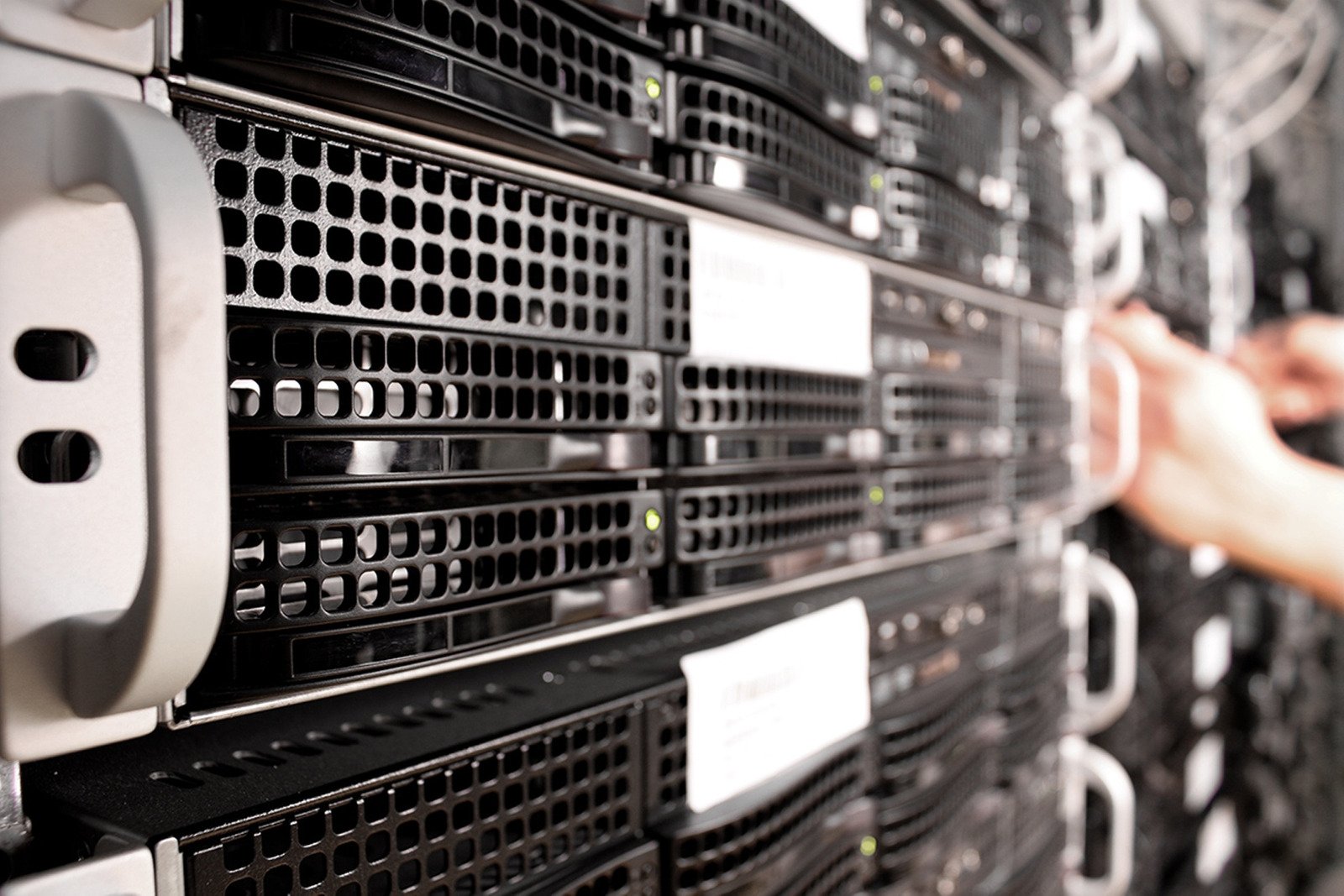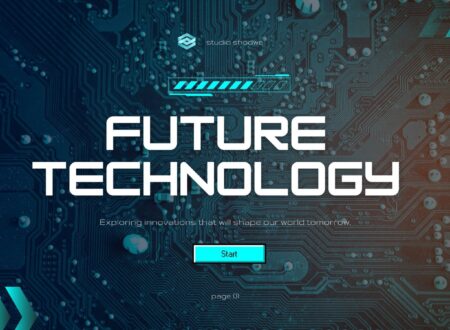The digital world is no longer reserved for coders. Thanks to the rise of no-code tools, individuals with zero programming experience are now building websites, apps, and automations that once required a full development team. From entrepreneurs launching startups to marketers automating workflows, no-code platforms are empowering people to bring their ideas to life—without ever writing a single line of code.
Welcome to the no-code revolution: a shift that’s not just changing who can create, but how we think about building in the digital space.
What Is No-Code?
No-code tools are software platforms that allow users to build applications and perform complex digital tasks using visual interfaces, drag-and-drop components, and pre-built templates, instead of traditional programming languages.
In simpler terms, no-code is like Lego for software—you assemble pieces to create something powerful, without needing to understand how the blocks were made.
Popular no-code tools include:
- Webflow (website building)
- Airtable (database/spreadsheet hybrid)
- Zapier (workflow automation)
- Bubble (app development)
- Notion (collaboration and content management)
- Glide (mobile app creation from spreadsheets)
Why No-Code Matters
For decades, the ability to build software was locked behind the gate of programming knowledge. No-code is changing that by:
1. Democratizing Innovation
No-code platforms allow anyone to build and launch digital products, regardless of their technical background. This opens the door for:
- Small business owners who want to digitize operations
- Students creating prototypes for school projects
- Non-profits building tools to serve their communities
2. Speeding Up Development
Traditional development can take weeks or months. With no-code, prototypes and MVPs (minimum viable products) can be built in hours or days, enabling faster testing and iteration.
3. Lowering Costs
Hiring developers can be expensive. No-code tools reduce or eliminate that cost, making it affordable for individuals, startups, and small teams to build powerful solutions.
4. Enabling Cross-Functional Teams
Marketers, designers, and operations staff no longer need to rely on engineers to build digital tools. No-code enables these roles to collaborate more independently and efficiently.
Real-World Use Cases
The impact of no-code tools isn’t theoretical—here are some practical ways they’re being used:
- Startups: Entrepreneurs use Bubble to build fully functional SaaS apps without hiring developers.
- E-commerce: Small shop owners design online stores with Shopify and customize them with Webflow.
- Automation: Teams use Zapier to automate repetitive tasks like data entry, email notifications, and file transfers.
- Education: Teachers and students use tools like Glide and Notion to build apps, manage coursework, and track progress.
- Healthcare & NGOs: Organizations build internal databases and patient portals without a dev team.
No-Code vs. Low-Code: What’s the Difference?
While often used interchangeably, no-code and low-code are not the same.
- No-code platforms require no programming knowledge whatsoever and are fully visual.
- Low-code platforms allow for more customization but may require some coding, making them ideal for tech-savvy users or teams with developers.
Think of no-code as the gateway, and low-code as the bridge for more advanced customization.
Addressing the Skepticism
As with any new wave of technology, some skepticism exists around no-code. Common concerns include:
“It’s not scalable.”
While it’s true that some no-code tools have limitations, many are enterprise-ready and built to scale. Platforms like Bubble and Webflow support robust databases, APIs, and even custom code injection.
“You don’t really own the product.”
Some worry about being locked into a platform. While this is a valid concern, many no-code tools offer export options or integration with other services, reducing long-term risk.
“It’s just for simple stuff.”
Not anymore. People have built entire social networks, marketplaces, CRMs, and internal tools with no-code platforms. The line between simple and complex is increasingly blurred.
The Learning Curve (Yes, There’s Still One)
While you don’t need to learn to code, no-code still requires learning how to think like a builder. You’ll need to understand:
- User experience (UX)
- Data structure and logic
- Workflow design
- Basic design principles
Fortunately, most no-code platforms offer tutorials, templates, and communities to help new users get started. Platforms like Makerpad and forums like r/NoCode on Reddit are great places to explore.
How to Get Started with No-Code
Ready to dive in? Here’s a beginner-friendly roadmap:
- Identify a Problem You Want to Solve: Whether it’s a personal productivity tracker or a business idea, start with something meaningful.
- Pick the Right Tool:
- Website? Try Webflow or Carrd.
- Mobile app? Look into Glide or Adalo.
- Automation? Zapier or Make (formerly Integromat).
- Database? Airtable.
- Use Templates: Most platforms offer pre-built solutions you can customize. Great for learning by doing.
- Learn the Basics: Take a free course or follow along with a YouTube tutorial.
- Build, Test, Iterate: Your first build doesn’t need to be perfect. Launch, get feedback, and improve over time.
The Future of No-Code
As AI and machine learning continue to evolve, the future of no-code is bright. Soon, we might see:
- Voice-to-app creation: Describe an app, and it gets built.
- AI-assisted workflows: Automated suggestions for optimal design and logic.
- Tighter integration with traditional development, allowing hybrid teams to collaborate seamlessly.
No-code is not just a trend—it’s a fundamental shift in how we create, collaborate, and innovate. It empowers a broader population to bring their ideas to life, solve problems in real time, and participate in shaping the digital world.
Final Thoughts
No-code is more than a set of tools—it’s a movement toward creative empowerment. You no longer need to wait for a developer or learn a programming language to build something impactful. With the right mindset and a bit of curiosity, anyone can turn an idea into reality.
So whether you’re an aspiring entrepreneur, a small business owner, or just someone with a vision, now is the time to dive into the world of no-code. Your next big creation might be just a few clicks away.





